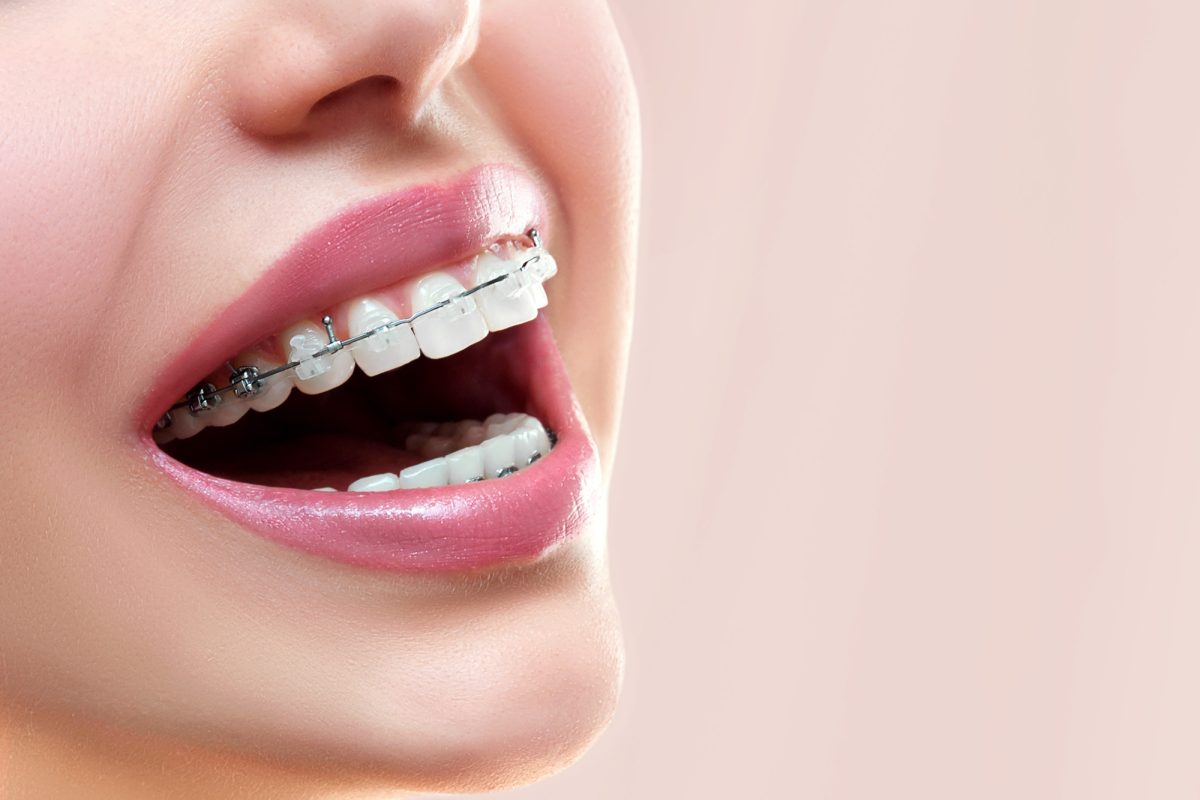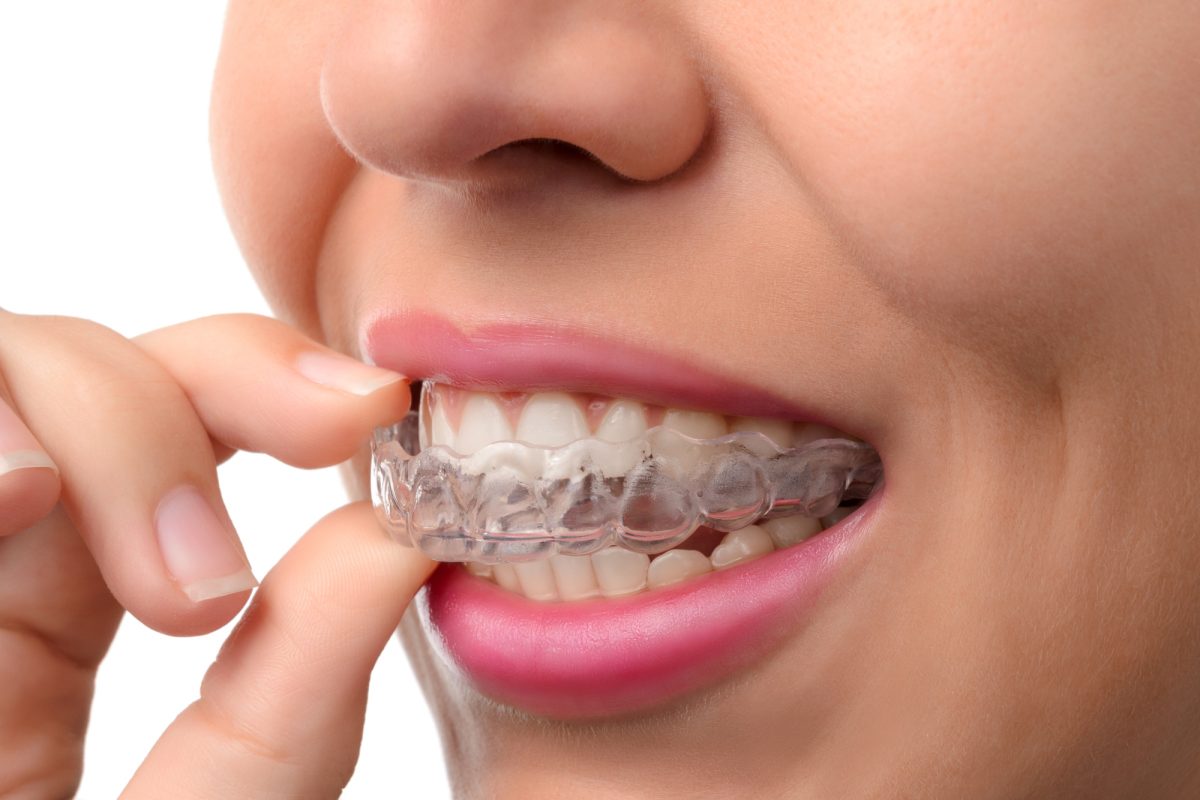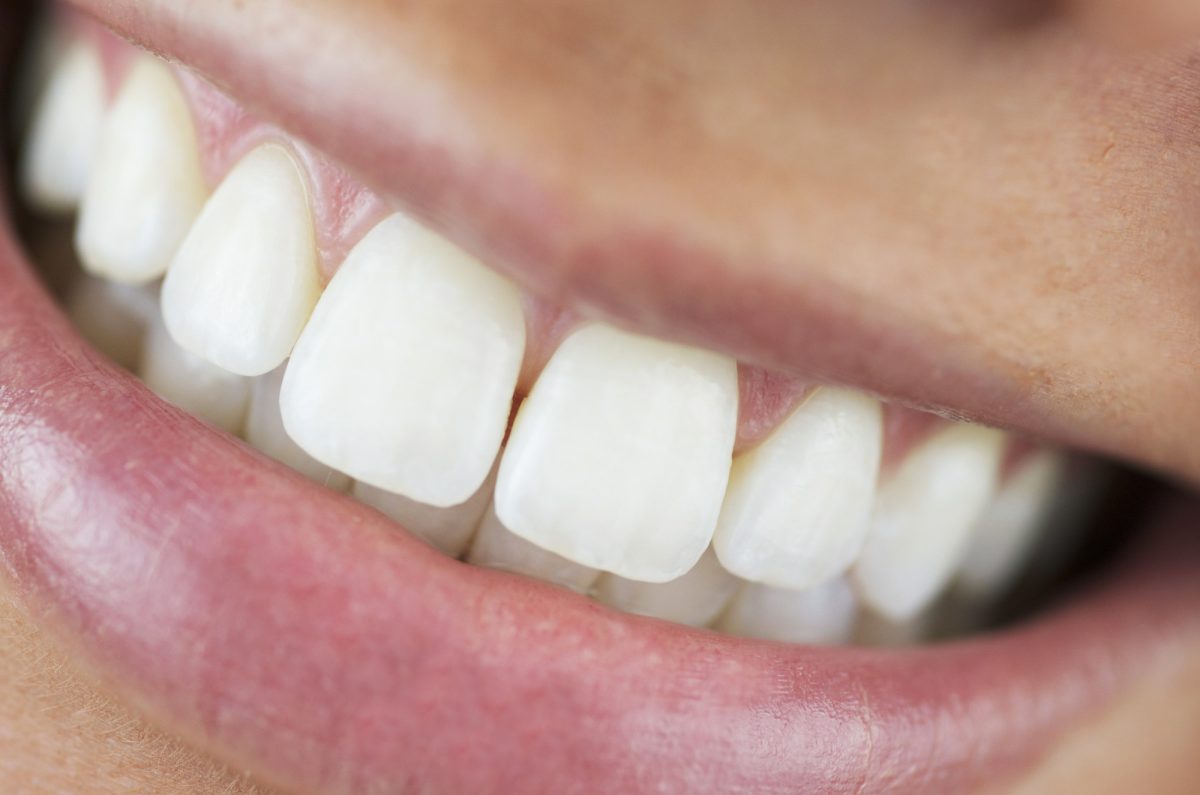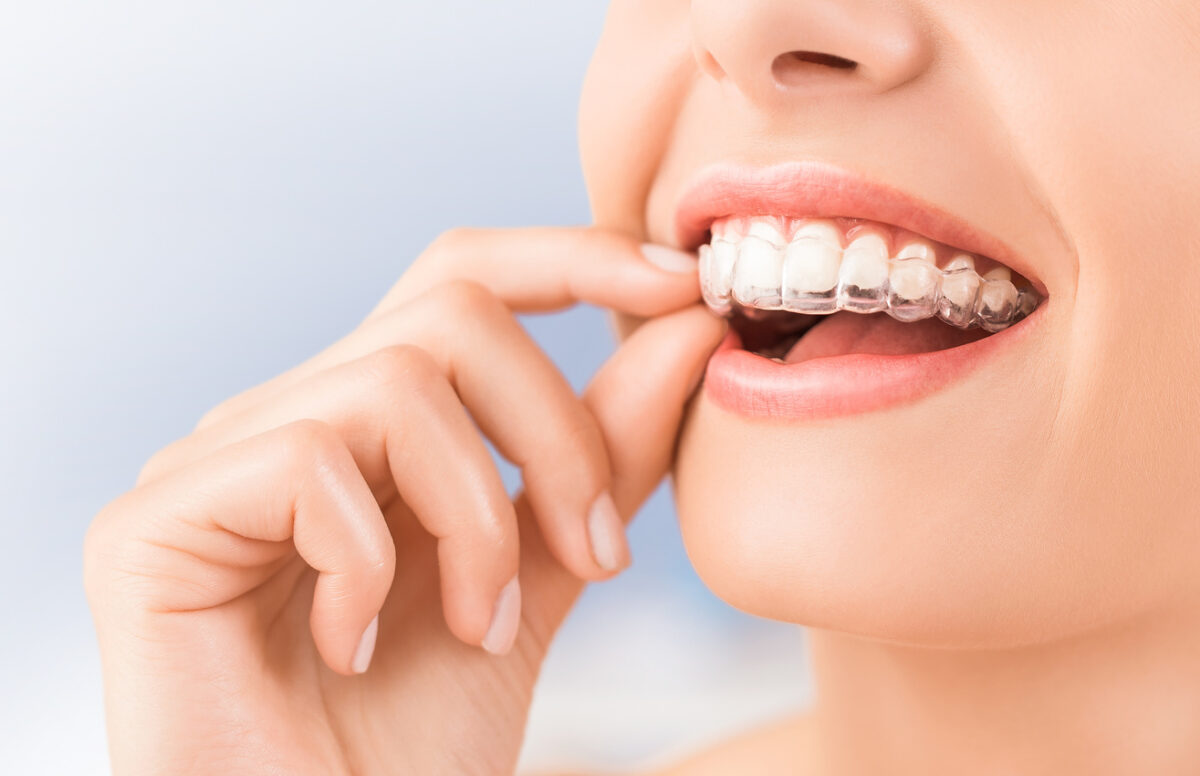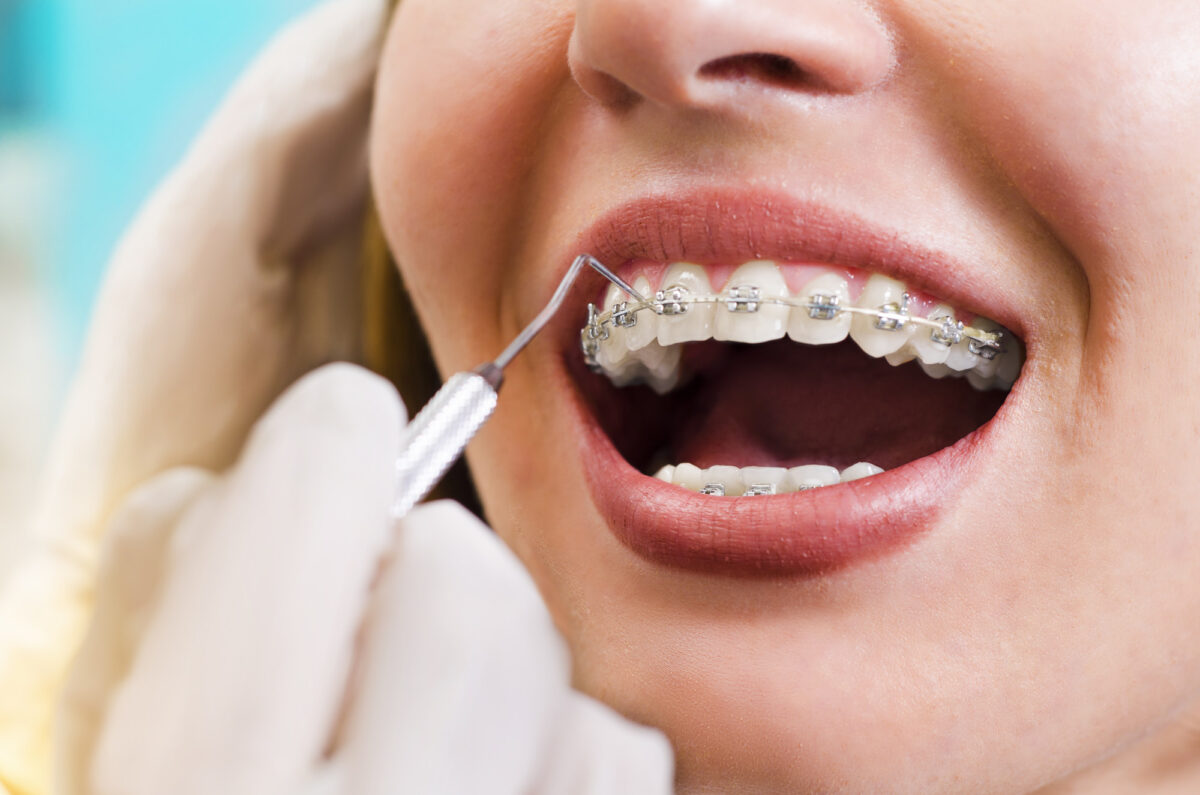Around 4 million people in the US have braces, and 25% of them are adults. With such popularity, it’s likely that your household has some […]
Blog
What to Know Before Getting Braces
More than 4 million people in the United States have braces. Whether you’re an adult getting braces for the first time or your kids need […]
How to Live a Happy Life With Braces
Learned braces are on the agenda and starting to feel a little trepidatious? We’ve all heard horror stories. Food getting stuck in them, sporting a […]
5 Benefits From Braces for Adults
Many problems that arise from oral health can be linked to the positioning of our teeth. Misaligned teeth can cause a variety of options, and […]
Does Insurance Cover Invisalign? The Basics Explained
Invisalign is a dental treatment that aims to straighten teeth by using clear plastic aligners. With Invisalign, you’ll likely get a smile more quickly than […]
What Is an Overbite and How Can Braces Help?
Can you only see your child’s top teeth when they smile? Then they probably have an overbite. Overbites, also known as buckteeth, are pretty common: Nearly […]
5 Incredible Benefits of Invisalign
Studies show that gold was used as the form of braces in the early 1900s. Have you ever considered visiting an orthodontist to address alignment […]
What’s the Difference Between Invisalign and Braces?
The two most popular choices for straightening your teeth are Invisalign and braces. The choice to straighten your teeth can be an exciting one, but […]
Everything You Need To Know About Children’s Braces
Did you know that as many as 75% of kids would benefit from having braces? Whether it’s to close a gap or fix a bad […]
5 Surprising Health Benefits of Braces
Do you need braces? Many people mistakingly view crooked teeth as a cosmetic issue and opt against braces. But, aligning your smile offers much more […]

